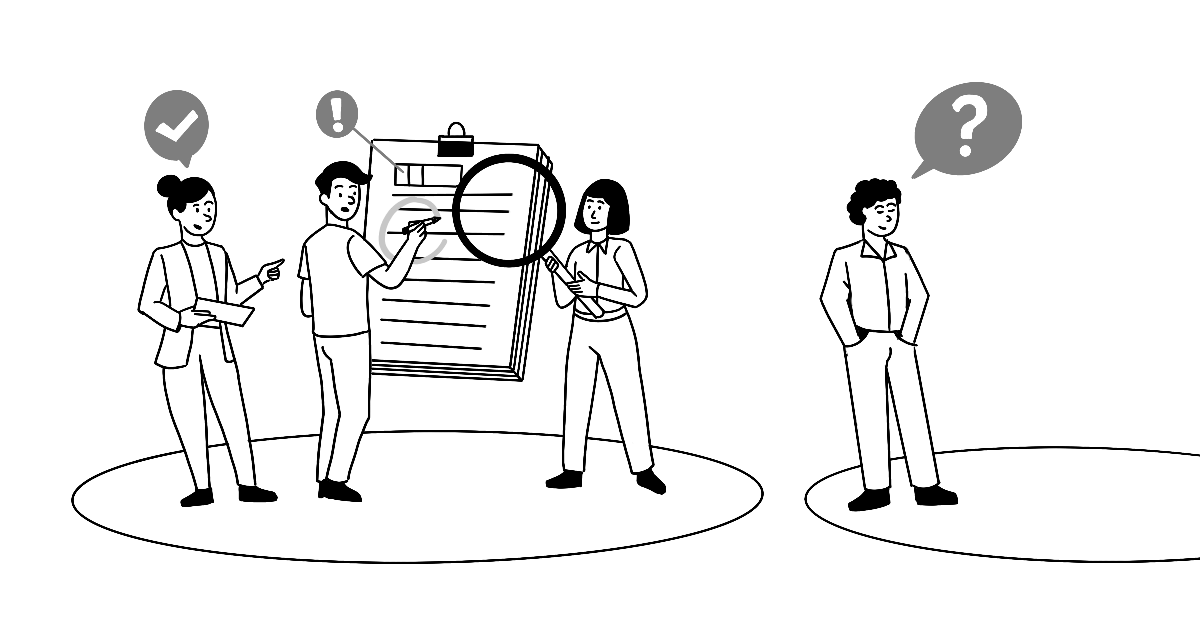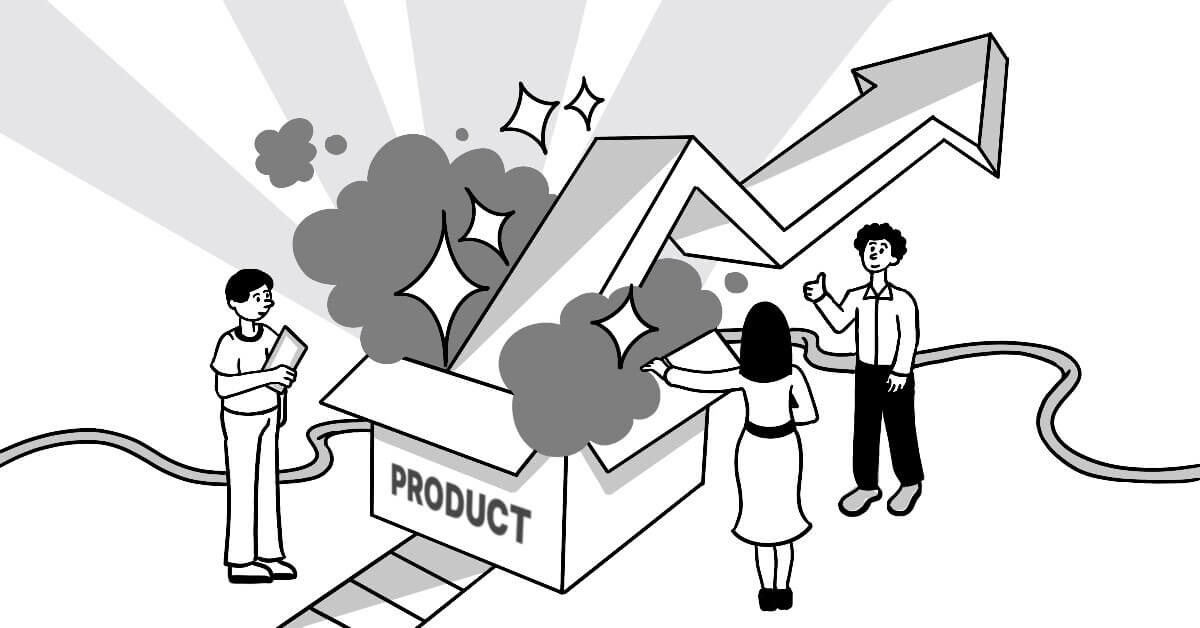Among the 180 episodes of hilarity that came out of Seinfeld,
“The Soup Nazi” holds a special place among fans for its bizarre premise and hilarious execution. The episode centres around a soup stand owner whose soup is so good that people line up down the block for it anyway – even when the man is eccentric, unpleasant, and extremely rigid.
JERRY: No. We gotta go to the soup place.
ELAINE: What soup place?
GEORGE: Oh, there’s a soup stand, Kramer’s been going there.
JERRY: He’s always raving. I finally got a chance to go there the other day, and I tell you this, you will be stunned.
ELAINE: Stunned by soup?
JERRY: You can’t eat this soup standing up, your knees buckle.
ELAINE: Huh. All right. Come on.
JERRY: There’s only one caveat – the guy who runs the place is a little temperamental, especially about the ordering procedure. He’s secretly referred to as the Soup Nazi.
[…]
ELAINE: So, essentially, you chose soup over a woman?
[…]
JERRY: Have you tasted the soup?
ELAINE: Yeah. All right. You made the right decision.
With zero marketing or people pleasing – quite the opposite, if anything – the Soup Nazi reigns over the town because his soups are “just that good.” The product – in this case, soups – markets itself; the soups are so good that people can’t help but line up again and again once they’ve experienced the taste.
A rudimentary version of ‘product-led growth’? We think so.
(There also seems to be some amount of anti-marketing going on here, which is a whole other thing. Curious? Read more here)
Product-Led Growth – It Sells Itself
What Is PLG?
Product-Led Growth (PLG) – it’s become a bit of a buzz by now, especially in SaaS circles. Simply put, PLG is a business methodology where the product itself is responsible for driving the acquisition and retention of customers, and by extension, the growth and expansion of the business. Companies with a PLG approach target sustainable and scalable business growth by putting product experience at the heart of efforts across all processes—from development to marketing, sales, and after-sales.
But let’s scratch the surface a bit more, shall we?
Even though it is called “product” led, a successful PLG strategy is ultimately centred around the consumer. That is, the company is led by the product, and the product itself is led by the target users’ problems, needs, and expectations.
Why is it important in today’s market?

Forrester finds that three out of four B2B buyers prefer to self-educate over talking to a sales representative, to learn about a product or offering. Additionally, consumers seem to have a clear preference for experiencing a product rather than simply learning about it at a superficial level. With over 70.2% of buyers seeking to clearly understand their needs before even talking with a sales representative,a substantial part of conversion then relies on how well the product is designed and to what extent it serves the customer’s requirements.
This means that the buyers’ decisions are now dictated by an upfront demand for value. It is no longer enough for companies to deliver this value post purchase to ensure retention; they must be able to prove it before the purchase to acquire these customers in the first place. One way that product-led companies do this is by offering limited period access to some or all of the product for free, aimed at giving customers that “aha” moment when they realise how the product addresses their pain point. It is no surprise then that some of the most popular SaaS applications in use today are offerings by PLG companies, like Slack, Notion, and Trello.
Product-Led Marketing – Show, Don’t Tell

Marketing in the Time of Product-Led Growth
For marketers, it is important to figure out how their end goal – of identifying the optimal approach to revenue – fits within the PLG strategy. Since the product now has a significant role in getting leads into the pipeline, marketing too must pivot to this new-age “product-first” approach. This means a close alignment with the product team. Marketers themselves need to be reasonably familiar with the product – not merely the pitch – and the product should be readily available to quickly sign on a customer once interest has been generated.
In a PLG model, you’re not just selling a product but promoting a positive product experience. Naturally, marketing narratives must be centred around addressing the user’s needs, highlighting product value, and removing friction during onboarding. The ideal approach to this is essentially the “show, don’t tell” method, the well-known mark of great storytelling. So, while standard marketing strategies such as statistics, testimonials, and third-party validations still hold merit, they are no longer the most efficient way of acquiring customers – since many would rather try out the product than read a technical paper about the problem it solves.
When the product is viewed as the primary driver of acquisition, the question that marketers must answer is how the product can create demand, instead of how to create demand for the product.
Imagine there’s a great party with cover charges that you’re tasked with promoting. If you break down your goals, you’ll see that the first step of the promotion will need to get people through the door to experience it. But that is not all. The next step is then to show these people something they like – something they find worth the value of the cover charge. Good PLG marketing is like that, but it goes deeper still. Its first focus is to get consumers to try out the product. Then, it must give customers a reason to go beyond using the freemium or free trial, and cross the paywall. This hinges on them discovering the product’s value, the aha! moment. Thereafter, in the long-term, PLG marketing must also collaborate in sales processes and user onboarding to ensure customer retention.
“I tell my team members that their gold standard is not whether customers bought a product, but did they recommend us? […] We don’t see marketing’s role as getting customers in the door and then wiping our hands and going on to the next one.”
– Bill Macaitis, Former CMO at Slack
The Impact of Product-Led Marketing – Competitive Advantage in Acquisition & Retention
Customer acquisition is becoming increasingly expensive in the B2B SaaS domain, with a surge in competition. Data from 2021 shows a huge increase in cost per thousand impressions across channels such as Google (108%), Facebook (89%), and even LinkedIn (30%). Research also reveals that Customer Acquisition Cost has increased by as much as 60% over the last five years. At the same time, customer willingness to pay for features without experiencing them has decreased significantly. Gainsight observes, “Enterprise buyers also expect to try and evaluate software in an easy, frictionless way.”
Against this backdrop, product-led marketing lowers customer acquisition costs and increases profit margins by reducing time to value for customers. Through a free trial or freemium option, it enables customers to directly engage with the value proposition. Closing the business then comes as an organic consequence of this engagement as the customers have now experienced how your product makes their life easier by addressing a critical and expensive pain point.
Thus, product-led marketing focuses on user success, which in turn leads to revenue growth.
Our Take – Marketing Becomes Versatile
To keep up with today’s fiercely competitive market, businesses must re-evaluate their marketing, sales, and post-sales strategies. It is now essential to ensure a frictionless experience at every customer touchpoint – to increase product adoption, customer loyalty, and customer advocacy.
With PLG, marketing is not just the first step in the customer journey but an intricate part of it.
Going forward, the role of marketing within a product-led framework will expand further and become even more cross-functional – both in terms of collaborating with other teams, and in roles and services it takes on. At one level, this means writers will not be restricted to drafting promotional or informational posts but also create scripts for user onboarding. More critically, marketing strategists are likely to play a role in discussions around product pricing, product updates, feature launches, and more.

